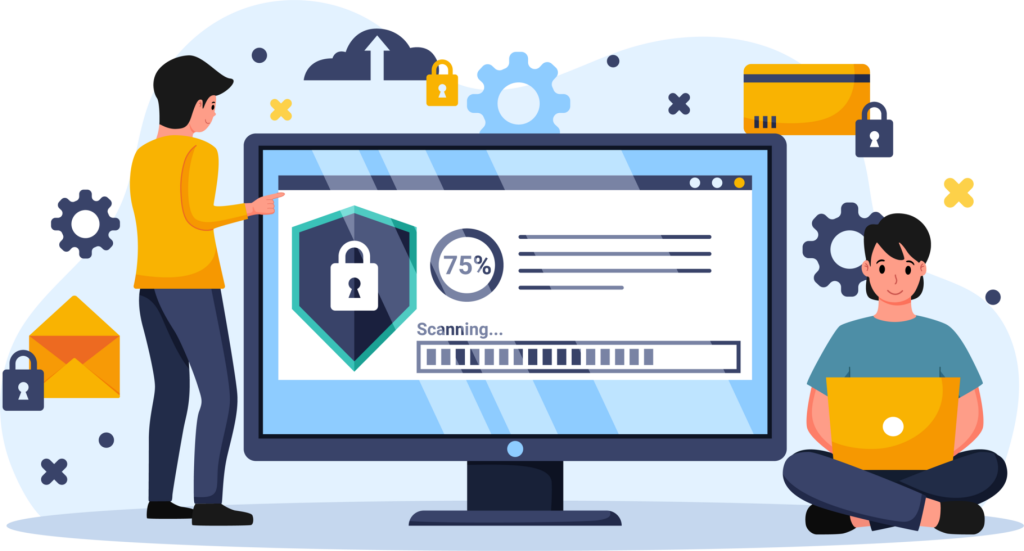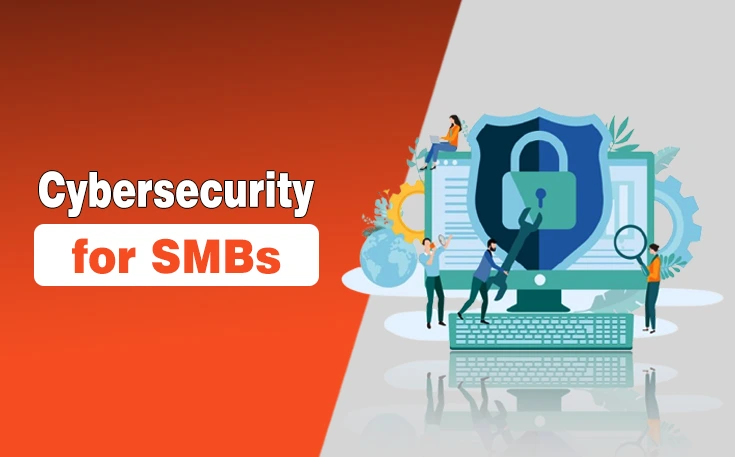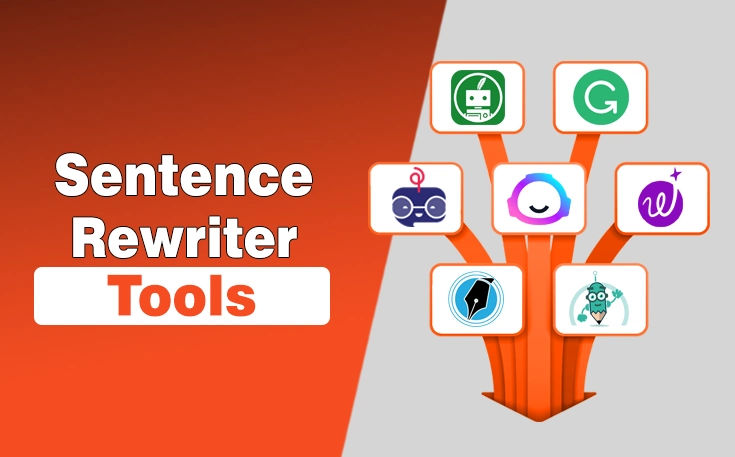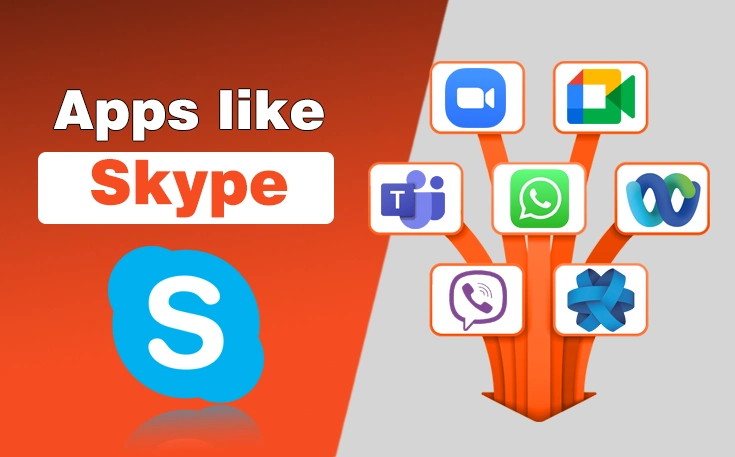Cybersecurity affects companies of all sizes. SMBs are also an ideal target for cybercriminals due to their weak security.
Cyberattacks can cost businesses money, reputation, legal issues, and even closure. Many SMB owners believe their size deters hackers. They are easy targets for cybercriminals because they lack larger enterprises’ protection.
Protecting SMBs from emerging cyber threats requires proactive measures. Security doesn’t need an enterprise budget, which is wonderful. SMBs can strengthen cybersecurity and protect assets with the appropriate tactics, employee training, and affordable tools.
In this blog post, I will highlight common cyber threats SMBs are facing and offer practical solutions for reducing cybersecurity risk.
Let’s start!
Why Cybersecurity Matters for SMBs
Industry reports show that nearly 60% of sMBs experienced cyber attacks in 2022. But, many business owners underestimate the need for cybersecurity, believing that their smaller online presence doesn’t make them a target. However, cybercriminals find weaknesses in small businesses and attack, knowing they typically lack the resources for a strong defense.

The consequences of a cyberattack can be severe, including:
- Financial losses: Cyberattacks can result in direct financial theft, fraud, or ransom payments.
- Damage to reputation: A business that fails to secure sensitive information can lose customer trust.
- Legal and regulatory issues: Data breaches can lead to lawsuits or fines for violating data protection laws.
- Operational disruptions: Cyberattacks can cause downtime, leading to loss of productivity and revenue.
By recognizing these risks and taking preventive actions, SMBs can reduce their exposure to cyber threats and ensure the long-term health of their business.
Common Cyber Threats SMBs are Facing
Phishing Attacks
Phishing attacks involve cybercriminals posing as trusted sources to trick employees into sharing sensitive information like login credentials or financial data. These attacks typically happen via email, text, or fake websites.
How to Prevent Phishing Attacks:
- Train your staff to identify suspicious emails and avoid clicking on unknown links. Use email filtering software to block phishing attempts.
- Enable multi-factor authentication (MFA) to add an extra layer of protection.
Ransomware
Ransomware is malicious software that encrypts business data and demands payment for decryption. SMBs are particularly vulnerable because they often have weaker security defenses.
How to Prevent Ransomware:
- Regularly update software to patch security vulnerabilities. Maintain encrypted backups in a secure, offsite location.Use endpoint protection tools to detect and block ransomware.
- Asses your ransomware readiness to identify weaknesses in your defenses, improve response strategies, and enhance overall cybersecurity.
Data Breaches
Data breaches is when unauthorized individuals access sensitive business or customer data. It can result from hacking, insider threats, or accidental exposure.
How to Prevent Data Breaches:
- Implement strict access controls and restrict data access to essential personnel. Encrypt sensitive data both during transmission and while stored.
- Monitor network activity for any signs of suspicious behavior.
Insider Threats
Insider threats happen when current or former employees misuse their access to company data. This can be intentional (e.g., stealing data) or accidental (e.g., falling for a phishing scam).
How to Prevent Insider Threats:
- Set clear access policies and review user permissions regularly. Conduct background checks on new hires and train staff on data security.
- Use monitoring software to spot unusual access patterns or data transfers.
Weak Passwords and Credential Stuffing
Cybercriminals often exploit weak passwords or reuse stolen login details from previous breaches to gain unauthorized access. It is known as Credential Stuffing.
How to Strengthen Password Security:
- Ask employees to use strong, unique passwords for all accounts. Encourage the use of password managers to generate and store complex passwords.
- Implement MFA for access to critical business accounts.
Unsecured Devices and Networks
As remote work is common these days, employees using personal devices to access business systems increases the risk of cyberattacks.
How to Secure Devices and Networks:
- Ask employees to use security software on their devices. Enforce the use of virtual private networks (VPNs) for remote access.
- Keep software and operating systems updated with the latest security patches.
Practical Cybersecurity Strategies for SMBs
- Employee Education and Awareness: Employee training is one of the most effective ways to prevent cyberattacks. Teach staff to identify threats, practice safe online behaviors, and manage passwords securely.
- Use Strong Passwords and Multi-Factor Authentication (MFA): Encouraging strong passwords and enabling MFA can significantly reduce the chances of unauthorized access.
- Secure Your Network and Devices: Firewalls, encryption, and security software help protect business networks and devices from cyber threats.
- Backup Data Regularly: Regular, automated backups ensure critical business data remains accessible, even after a cyberattack.
- Implement Access Control Measures: Limiting employee access to sensitive data reduces the risk of insider threats and accidental data exposure.
- Develop an Incident Response Plan: A well-prepared incident response plan enables quick action in the event of a cyberattack, helping mitigate damage.
- Secure Remote Work Environments: Require the use of VPNs, secure personal devices, and enforce remote work security policies to protect business data outside the office.
- Partner with Trusted IT and Security Experts: If your business lacks in-house expertise, consider working with managed service providers (MSPs) for added protection.
Conclusion
Small and medium-sized businesses need cybersecurity in today’s digital world. Cyber threats change frequently, making proactive security essential. SMBs can reduce the cyberattack risk by implementing strong security procedures, educating staff, and investing in trusted tools.
Spending on cybersecurity protects sensitive data, builds consumer trust, and ensures corporate resiliency. No system is perfect, but diligence and planning may protect your organization against cyberattacks and secure a safer future. Stop waiting for an attack; protect your business immediately.





